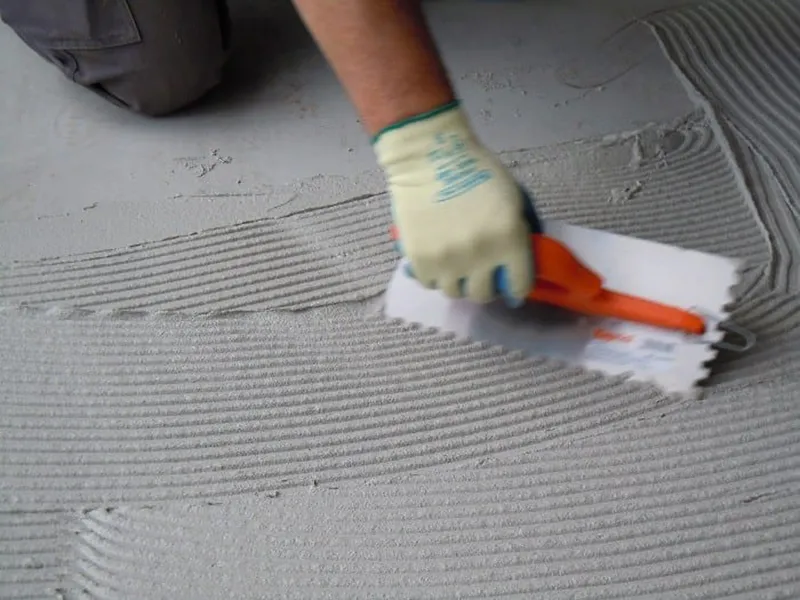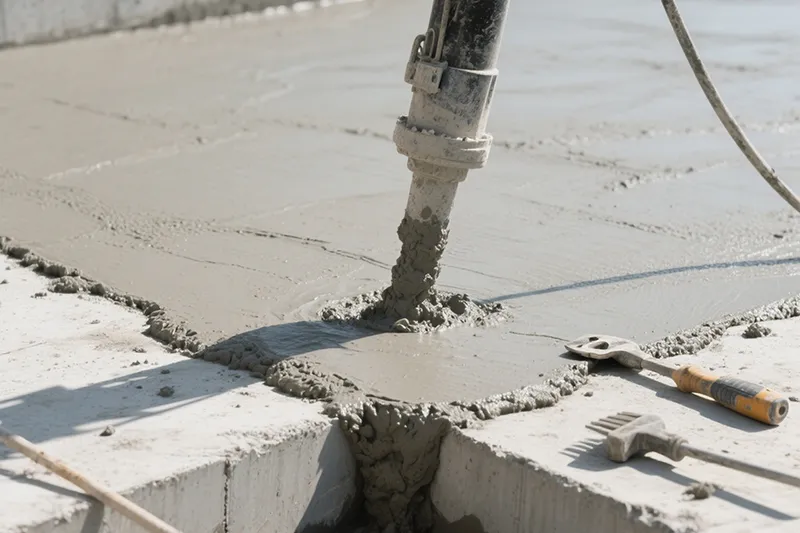The Key Differences Between Polycarboxylate Superplasticizers and Traditional High-Range Water Reducers

Among all categories of superplasticizers, Polycarboxylate Ether (PCE) Superplasticizers have emerged as the most advanced and widely adopted generation.
Synergistic Effects of Starch Ether in Gypsum-Based Mortars

In the field of building dry-mix mortars, gypsum-based mortars are widely used due to their advantages such as fast setting, fire resistance, thermal insulation, and moisture-regulating capacity. However, they often face issues during construction like poor workability, susceptibility to sagging, and insufficient water retention leading to cracking.
Tenessy® Cellulose Ether: Redefining the Stability and Sensory Experience in Cosmetics and Toiletries Formulations

In the world of formulations that consumers never see, there is a “smart molecule” derived from natural fibers, quietly driving skincare products to be more skin-friendly, hair care products to be more stable, and makeup to last longer. It is cellulose ether — the essential foundation in modern cosmetics and toiletries formulations.
The Future of Water-Based Coatings: How HEC Transforms Formulation and Performance

In tile installation, “open time” refers to the period after the tile adhesive is troweled onto the substrate, during which effective tile fixing can still be performed before its surface dries out and loses its bonding capability.
Hydroxyethyl Cellulose (HEC) in Antifreeze Applications

In tile installation, “open time” refers to the period after the tile adhesive is troweled onto the substrate, during which effective tile fixing can still be performed before its surface dries out and loses its bonding capability.
Why do CMC, HEC, and HPMC perform differently in daily chemical and cleaning products? Which one is worth choosing?

In tile installation, “open time” refers to the period after the tile adhesive is troweled onto the substrate, during which effective tile fixing can still be performed before its surface dries out and loses its bonding capability.
How to Increase the Open Time of Tile Adhesive?

In tile installation, “open time” refers to the period after the tile adhesive is troweled onto the substrate, during which effective tile fixing can still be performed before its surface dries out and loses its bonding capability.
Flake Polycarboxylate Superplasticizer (PCE) Performance Introduction

Ⅰ.Product Introduction Flake Polycarboxylate Superplasticizer (PCE) ,This is a new generation of environmentally friendly, high-performance polycarboxylate superplasticizer flakes developed by our company. It uses modified polycarboxylate ether as the primary raw material. Ⅱ.Performance characteristics of flake PCE High water-reducing rate: It has excellent dispersibility and the water-reducing rate can reach more than 25% at saturated dosage. […]
Analysis of the Application of Cellulose Ether in Gypsum Plaster Mortar

Although cellulose ether is added at only 0.1%-0.5% (of the total dry powder) in the gypsum plaster mortar formulation, it is a key functional additive that determines the mortar’s “workability” and “performance.” Its core role can be seen in three dimensions: water retention, workability, and crack resistance. The specific application logic is as follows 1. […]
What is the Difference Between CMC and PAC?

The difference between CMC and PAC lies in performance, not basic chemistry. Both are water-soluble polymers based on cellulose.


